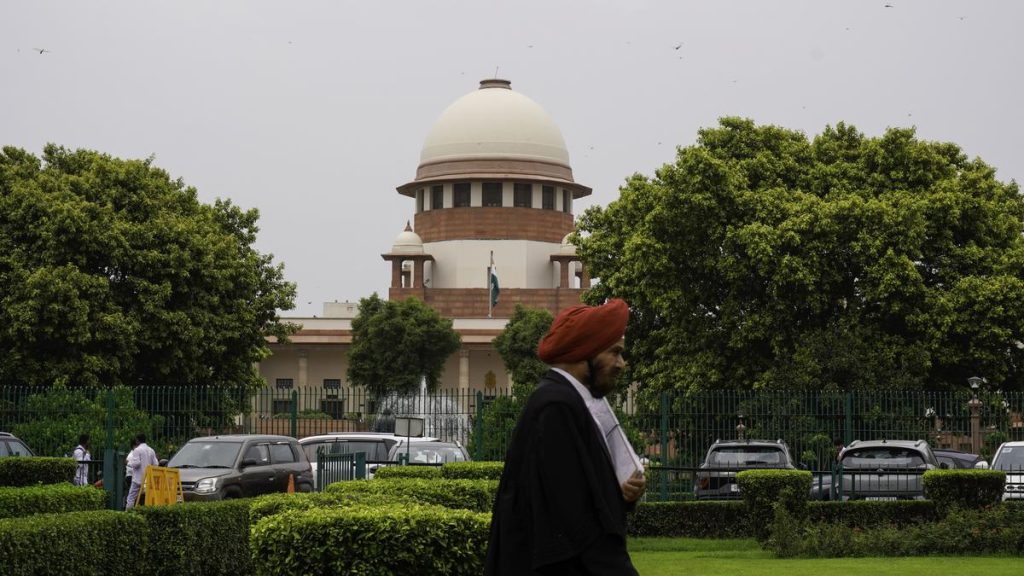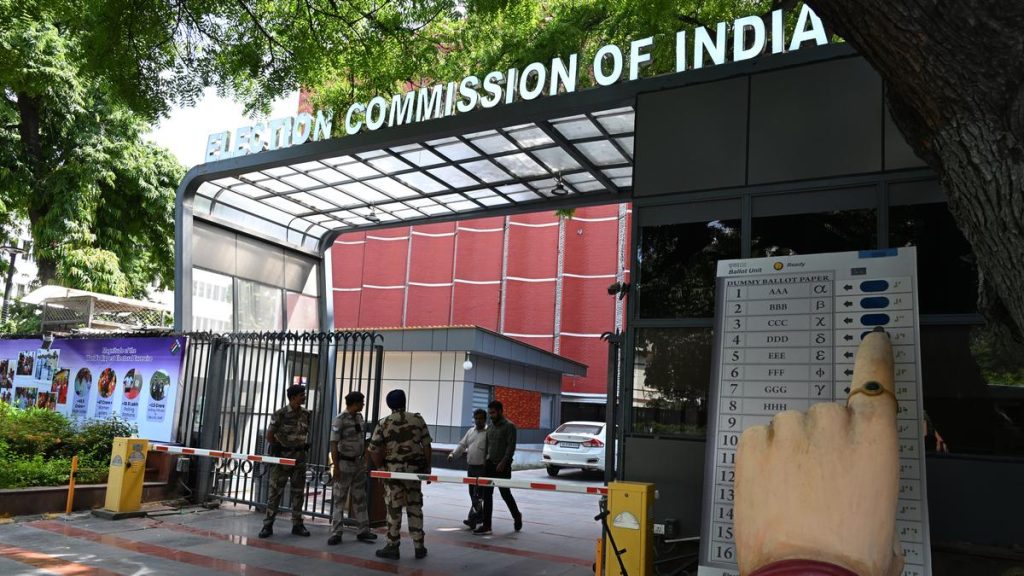Now Reading: PM Modi to Inaugurate New MP Housing in Delhi
-
01
PM Modi to Inaugurate New MP Housing in Delhi
PM Modi to Inaugurate New MP Housing in Delhi

Rapid Summary:
- Prime Minister Narendra Modi will inaugurate 184 newly constructed Type-VII multi-storey flats for Members of Parliament (MPs) at Baba Kharak Singh Marg, New Delhi, on August 11, 2025.
- The inauguration event will also include the Prime Minister planting a Sindoor sapling and addressing workers (‘sramajeevis’) present at the venue.
- These modern flats are designed with self-sufficient amenities to meet the functional needs of MPs and include community spaces and staff accommodations.
- The project incorporates environmentally lasting features adhering to GRIHA 3-star rating standards and the National Building Code (NBC) 2016.
- Advanced construction technology was used to ensure timely completion while emphasizing structural durability.All buildings in the complex are earthquake-resistant.
- The design is ‘divyang’-friendly (accessible for persons with disabilities), promoting inclusivity.
- Each flat consists of approximately 5,000 square feet of carpet area suitable for residential use as well as official functions.
- due to limited land availability, vertical housing was prioritized for optimized land use and reduced maintenance costs.
Indian Opinion analysis:
The new Type-VII flats underscore a shift toward modern functionality and sustainable living in government housing infrastructure in India. Incorporating green technology into these projects aligns with India’s commitment to environmental sustainability. Adhering to GRIHA ratings ensures energy conservation efforts at a policy level.
The emphasis on inclusivity, through accessible designs catering to persons with disabilities, reflects broader government priorities around equity. Additionally, prioritizing vertical progress demonstrates strategic urban planning tailored for high-density areas like New Delhi.
By addressing longstanding issues such as housing shortages among MPs while incorporating contemporary design principles-like dedicated office space-it helps improve efficiency and public service delivery. However, balancing optimal resource allocation with investments in public infrastructure remains an notable consideration going forward.
























